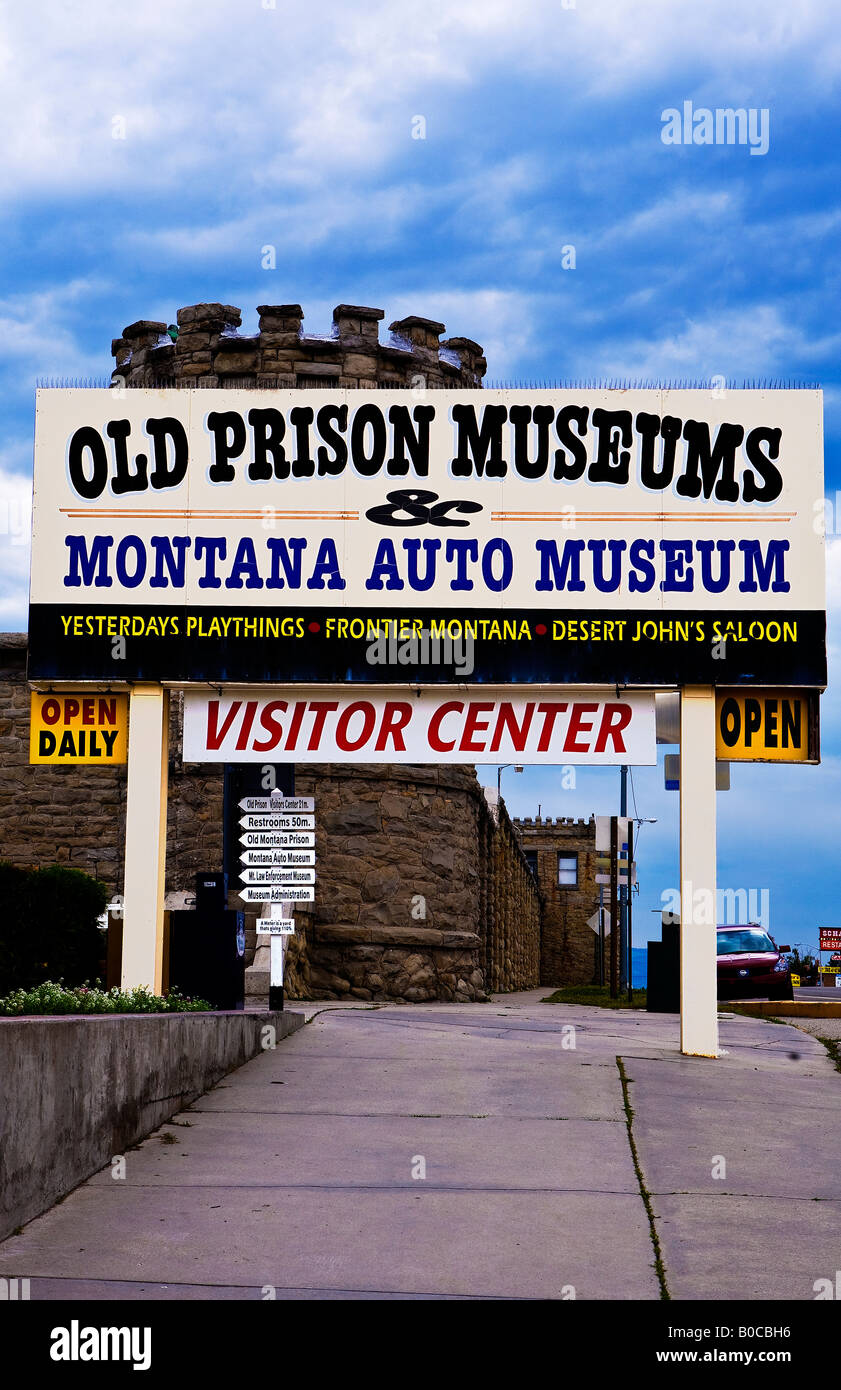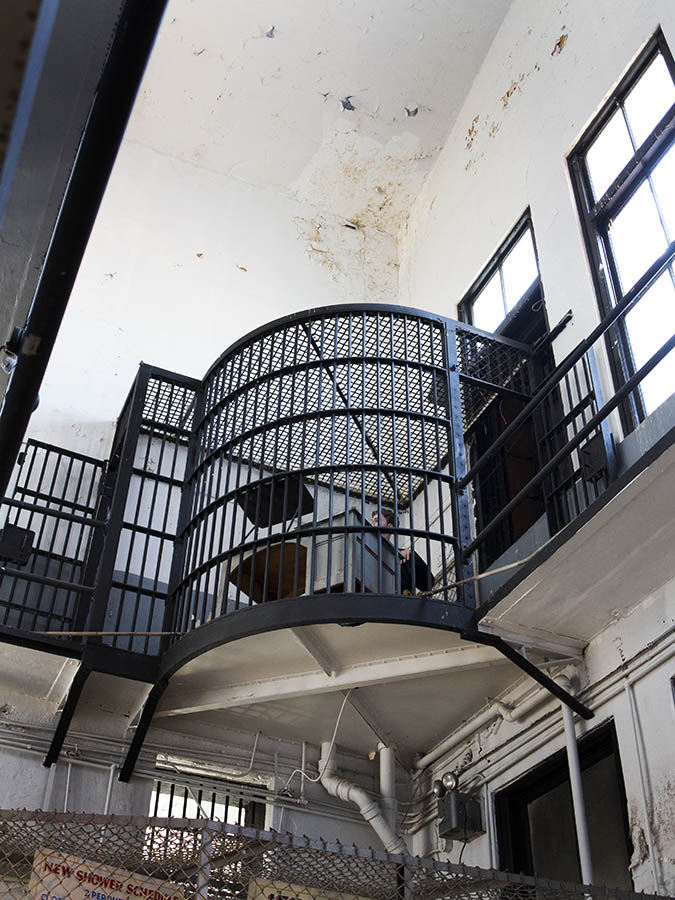
The Shadow and the Shine: Unearthing America’s Enduring Legends
America, a nation forged in revolution and shaped by an ever-moving frontier, is a land teeming with legends. From the towering lumberjacks of the Northwoods to the swift gunslingers of the Wild West, from the pioneering spirit of its founders to the shadowy figures of its criminal underworld, these stories form the very bedrock of the American identity. They are tales of triumph and tragedy, of good and evil, of aspiration and consequence, often blurring the lines between historical fact and popular myth. And while many legends evoke the sun-drenched plains or the bustling cityscapes, some of the most compelling narratives are preserved in places that confront the darker, more complex facets of the American experience – places like the Utah State Prison Museum.
The allure of American legends lies in their diversity and their capacity to reflect the nation’s evolving psyche. On one hand, we have the larger-than-life folk heroes: Paul Bunyan, whose mighty axe carved rivers and forests; Johnny Appleseed, the gentle wanderer who sowed orchards across the land; and John Henry, the steel-driving man who raced a machine and won, only to die with his hammer in his hand. These figures embody the nation’s industriousness, its connection to nature, and its indomitable spirit in the face of progress. They speak to an idealized version of American ingenuity and perseverance.
Yet, there is another strain of legend, equally potent and perhaps even more captivating: the legend of the outlaw, the rebel, the figure who stands outside the law, often romanticized as a symbol of defiance against an oppressive system. This fascination with the anti-hero is deeply woven into the American narrative, particularly from the post-Civil War era through the Great Depression. Figures like Jesse James, the notorious bank and train robber, became folk heroes in their own time, depicted in dime novels as modern-day Robin Hoods, stealing from the rich (often railroad barons or banks perceived as exploitative) and sometimes, though rarely, giving to the poor. His legend, fueled by a complex mix of historical fact, family lore, and sensationalized reporting, persists to this day, representing a rebellious spirit against authority.

Similarly, Billy the Kid, born Henry McCarty, emerged from the lawless New Mexico Territory as a symbol of youthful rebellion and quick-witted survival. His short, violent life, ending at the hands of Sheriff Pat Garrett at the tender age of 21, was quickly mythologized. Was he a cold-blooded killer or a victim of circumstances, fighting for his life in a brutal landscape? The ambiguity only deepened his legendary status, making him an enduring icon of the untamed West. These figures, though criminals by any legal definition, resonated with a populace often feeling disenfranchised or exploited, providing a vicarious outlet for their own frustrations.
The early 20th century brought a new wave of legendary outlaws, fueled by the economic hardship of the Great Depression and the social upheaval of Prohibition. The names became synonymous with daring escapes, high-speed chases, and a fatalistic glamour: John Dillinger, the "Public Enemy No. 1," whose charisma and ability to evade capture made him a folk hero to many; Bonnie Parker and Clyde Barrow, the infamous duo whose crime spree across the central United States captured the nation’s imagination, their tragic love story interwoven with violence and a desperate fight against an unforgiving world. These were not just criminals; they were celebrities, their exploits splashed across newspaper front pages and newsreels, their lives and deaths becoming cautionary tales and thrilling sagas simultaneously.
These legends, both the heroic and the criminal, often find their physical anchors in museums and historical sites across the country. And it is here that the Utah State Prison Museum in Draper, Utah, offers a unique and often sobering perspective on the darker side of American legends. Far from the romanticized narratives of the Wild West, this museum delves into the gritty reality of crime, justice, and incarceration in the Beehive State, reflecting broader national themes.
The museum itself is not a sprawling complex, but a poignant collection housed within the current Utah State Prison facility (though it will eventually move to a new location as the prison is decommissioned). It serves as a stark reminder that behind every legendary outlaw, there was a system designed to catch and punish them, and for many, a sentence served behind bars. The exhibits within the museum are not about glorifying crime; rather, they are a powerful exploration of the human stories – both tragic and defiant – that unfolded within the prison walls over more than a century.
One of the most compelling aspects of the Utah State Prison Museum is its tangible connection to the past. Visitors can see actual artifacts: handmade shanks and tools fashioned by inmates, used for both protection and attempts at escape; artwork created during long, isolated hours, revealing unexpected creativity and humanity; uniforms, disciplinary records, and photographs that document the harsh realities of prison life. These objects are not merely relics; they are silent witnesses to countless individual sagas, some of which have, in their own way, contributed to the state’s and nation’s lore.
For instance, the museum chronicles the history of the Utah State Prison itself, from its beginnings in the Sugar House area of Salt Lake City in 1855, through its eventual relocation to Draper in 1938. The original prison, known for its harsh conditions, saw its share of notorious inmates and dramatic events, including escapes and riots. While Utah might not boast figures as nationally recognized as an Al Capone or a Jesse James, its prison has held individuals whose crimes and lives became local legends, sparking fear, fascination, and discussions about justice. The museum highlights these localized narratives, reminding us that every state, every community, has its own shadows and its own tales of transgression and retribution.
One particularly poignant aspect of the museum’s collection relates to capital punishment. Utah has a complex history with the death penalty, famously being the last state to use firing squads as a method of execution until 2004 (though it was temporarily reinstated in 2015 for cases where lethal injection drugs are unavailable). The museum subtly addresses this controversial practice, often through the personal effects or records of those who faced execution, offering a stark reminder of the ultimate consequence of certain crimes. These exhibits force visitors to confront not just the legends of crime, but the very real and often irreversible outcomes of the justice system.
The museum also sheds light on the evolution of correctional practices. From the early days of hard labor and strict discipline to more modern attempts at rehabilitation and education, the prison’s history reflects shifting societal attitudes towards crime and punishment. The exhibits can prompt reflection on the effectiveness of incarceration, the challenges of reform, and the enduring human struggle for redemption. It’s a space where the legends of hardened criminals are juxtaposed with the efforts of those who sought to reform them, and the quiet resilience of inmates who sought meaning within the confines of their sentences.

Ultimately, places like the Utah State Prison Museum are crucial for understanding the full spectrum of American legends. They serve as a vital counterpoint to the romanticized narratives often found in popular culture. While the dime novels and Hollywood films might glorify the daring escapes and the rebellious spirit of an outlaw, a prison museum grounds these stories in the grim reality of confinement, loss of freedom, and often, a tragic end. It’s a place where the legend meets its consequences.
"Legends are not just about what people did, but about what they represent to us," a hypothetical curator might muse. "And sometimes, what they represent is the stark boundary between freedom and its loss, between defiance and its ultimate cost." The artifacts in the museum – a crude weapon, a faded photograph, a worn prison uniform – are not just historical curiosities. They are fragments of lives, testaments to moments of desperation, rebellion, and sometimes, quiet despair. They connect us tangibly to the individuals who lived these stories, preventing them from becoming mere caricatures in the grand tapestry of American myth.
In conclusion, the legends of America are as vast and varied as its landscape. They tell us about our aspirations for freedom and prosperity, our capacity for ingenuity, and our enduring fascination with those who dare to defy convention, even if it means breaking the law. From the mythic heroes of the frontier to the notorious outlaws of the criminal underworld, these stories shape our understanding of who we are as a nation. But it is in places like the Utah State Prison Museum that we find a crucial anchor to reality. Here, the shine of legend is tempered by the shadow of consequence, reminding us that every grand narrative, every thrilling tale of rebellion, ultimately unfolds within the real-world parameters of justice, punishment, and the unyielding weight of human choice. These museums ensure that even the darkest chapters of our history are remembered, understood, and never truly forgotten, offering lessons that resonate far beyond their concrete walls.


